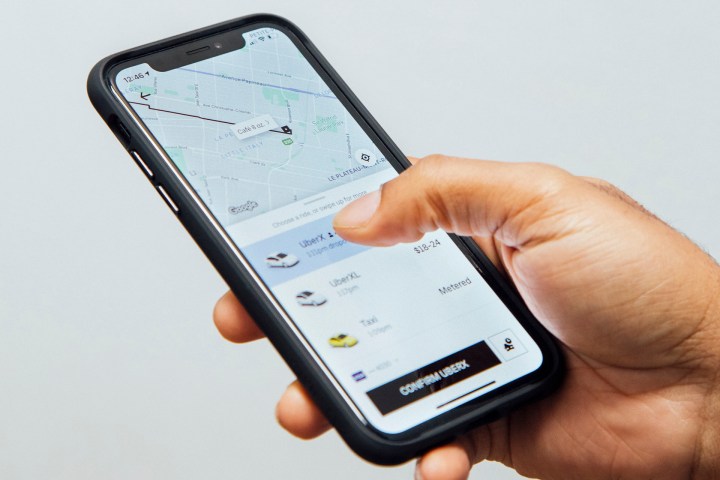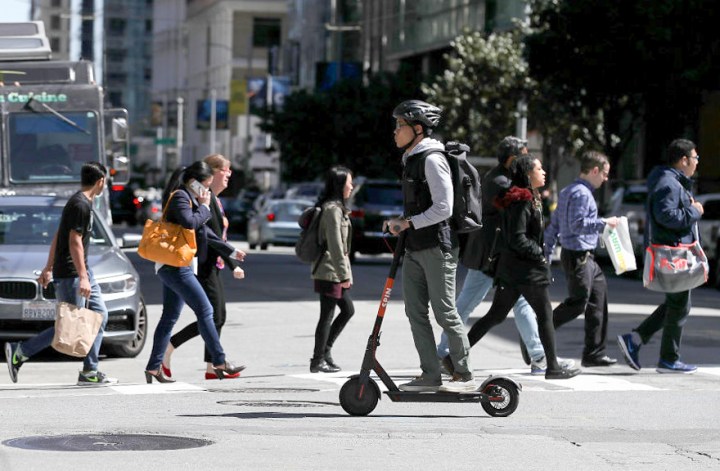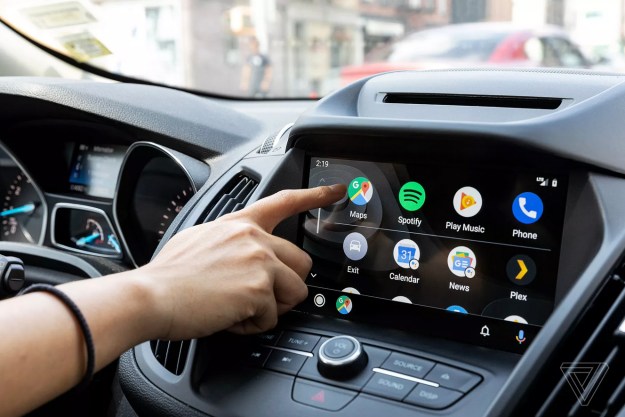
Buying a car might be the second largest purchase you will make in your lifetime, or at least that’s what people say. Times are changing, though. Nowadays, things like micromobility e-scooters, ride-sharing, and subscription services are upending our notions about transportation. With so many different ways to get around, do you really need to buy a car anymore?
The answer largely depends on where you live and what your daily transportation needs are, but there are also more options than ever before. You can buy, lease, or rent cars. There are also subscription services, car-sharing, and ridesharing options — and many more people are taking advantage of micromobility solutions, using public transportation and then hopping on e-scooters or e-bikes to cover the last mile.
Here’s a breakdown of how to make the right decision for your situation:
For the Urbanite

If you live in a major metropolitan area with a variety of public transportation options, the most economical and practical choice is often to forgo purchasing a car. The cost of insurance, parking, maintenance, and fuel easily exceeds the monthly commutation fees in most urban centers.
Cities with warmer climates also lend themselves to micromobility options, like dockless e-scooters from Lime and bikes from Spin. But check your town’s policies regarding these options before you jump headfirst into the mobility-as-a-service waters.
If you travel outside of the city on weekends, renting an occasional car is often cheaper than owning your own car. For those big shopping trips — the weekly trip to the grocery store or monthly fight with your partner at Ikea — car sharing services are often the way to go. GM’s Maven is available in 12 cities with hourly and daily rates for everything from electric Bolts to Cadillacs. Prices start at around $10 an hour. Zipcar, on the other hand, charges about $12 an hour for a Honda Civic.
Advantage: Car sharing services often offer cars with the latest technology
Disadvantage: There are daily mileage limitations of about 180 miles
For the Suburbanite

Suburbanites face the most complicated transportation decision. In most cities, the public transportation systems are not practical for families who have to shuttle numerous members to different appointments and locations every day. And quotidian tasks like grocery shopping for a family of five simply can’t be done on a Citi Bike or GoBike.
Still, you may not drive enough miles on a monthly basis to justify buying a car outright. And families face a changing dynamic, requiring a smaller sedan early on for a couple of years, followed by the dreaded move to a minivan or SUV to accommodate more little ones, and then finally switching to two smaller vehicles as teenagers learn to drive themselves.
In such situations, where you drive fewer than 12,000 miles a year and plan to upgrade or switch vehicles roughly every 3 years, leasing a vehicle may be the best option.
“Think of it as an alternative form of financing a vehicle,” explains Scot Hall from Wantalease, an automotive leasing marketplace.
Except unlike a traditional car loan, you don’t have to worry about resale value or being in a negative equity position (where what you owe on a car loan is more than the car is worth). Hall points out that most leases remain under warranty and include maintenance for the entire term, so you don’t have to worry about unexpected repairs. That can help a new family maintain a more predictable budget.
Furthermore, with automotive technology like automatic braking and lane keeping assistance advancing every year, planning to regularly upgrade your vehicle ensures that you’ll have the most advanced safety features.
If you do decide to lease, expect a down payment requirement. Such down payments are really part of the monthly price; for every $1,000 you put down, you reduce the monthly lease payment by about $30. Hall recommends putting down as little as possible but still notes that you can expect to pay additional fees up front for registration ($200 to $300) and a security deposit (often depending on your credit score).
Finally, Hall recommends that you only sign up for a lease that is fully transferable. That way, if your employment situation changes or you need a different kind of vehicle because of a new addition to the family, you can simply transfer the lease and get a new vehicle.
Advantage: Fixed monthly cost and an upgrade every couple of years
Disadvantage: Limited mileage, some as little as 10,000 miles a year
For the Ruralite

If you live in a rural area or have to put a lot of miles on the road every year, the best option is still to buy a vehicle for your transportation needs. Simply put, it gives you the most flexibility, and with current interest rates, it’s still a relatively economical choice.
Smart financial planning in this case means that you should plan to keep the car for several years, ideally beyond the life of a typical car loan period of 5 years. That way, you’ll get the most out of your purchase, enjoy a period where you don’t have to make monthly payments, and still have some resale value left over should you decide to sell then. (Note: As interest rates start to climb, a loan to purchase a vehicle will become less and less attractive. Check with LendingTree for competing rates and fees.)
If you choose to get a loan, you may get a break on the price of the car by going with the automaker’s finance company. If you switch later to, say, a bank loan you can often then get a lower interest rate.
Most important, because today’s cars are so much more reliable than they were just 15 years ago, owning a car isn’t the maintenance nightmare it used to be. You can expect many vehicles to go 150,000 miles without any major problems.
If you’re looking for a deal on a used car rather than a new model, consider CPO’s or certified pre-owned vehicles. Available from most manufactures, these cars are often models recently returned at the end of a lease. The vehicles are thoroughly inspected and come with a manufacturer’s warranty (up to 100,000 miles); sometimes there’s even free roadside assistance and other perks. And there’s a significant price break: about 25 percent on a two-year-old car and as much as 40 percent on 4-year-old vehicle.
Advantage: High degree of flexibility
Disadvantage: Maintenance can be expensive
Editors' Recommendations
- The Tesla Model Y is at its lowest price yet — but should you buy one?
- EV warranties aren’t like those for non-electric cars. Here’s what you should know
- Your car insurance company knows more about you than you think
- Tesla’s EV plug is great, but smoother payment is the fix we really need
- Amazon will start selling cars, but you don’t get to ditch dealers just yet


